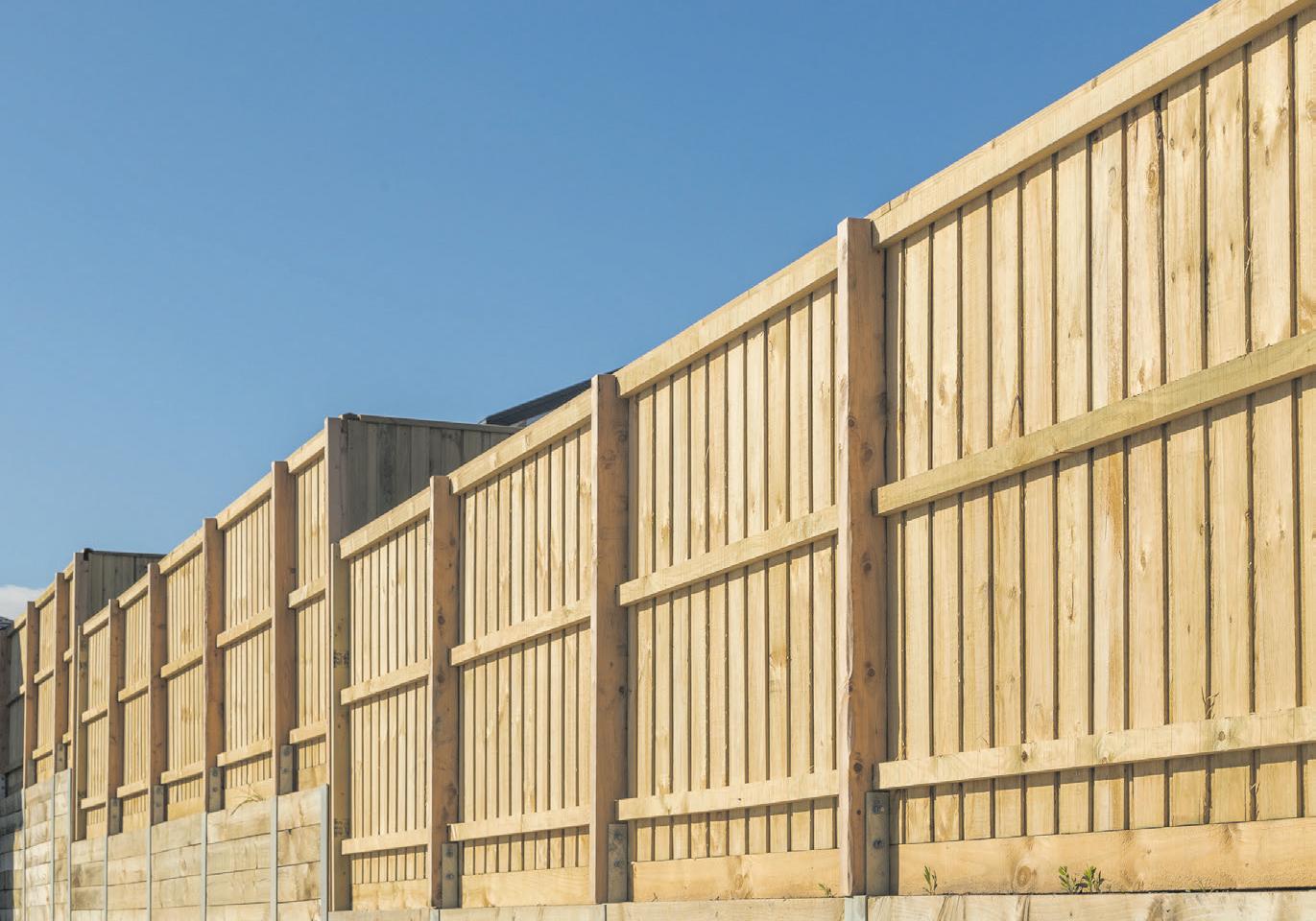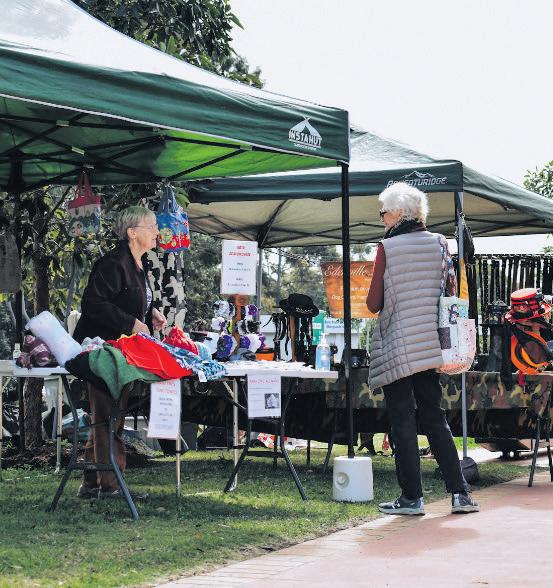
3 minute read
Carrs Dr development approved on appeal
By Tim Howard
Clarence Valley Council continues to approve developments on land that is in danger of fooding.
square metres, was zoned R5 Rural, with a section of the sixth lot zone C2 Conservation.
to year 12 including from Kindy in NSW).
• Not have an active nbn® network internet service at home. Having a mobile internet service does not affect eligibility.
• Live in a premises that can access a standard* nbn service.

• Not have had an active nbn connection during the previous 14 days.
• Either be referred by a nominating organisation or have your suitability determined via an assessment conducted by the National Referral Centre See the QR Code bellow gor more details.
At its October meeting the councillors overturned their decision in April to knock back a proposal for a six-lot subdivision at 181 Carrs Dr, Yamba.

The council was asked to review its decision after the developers amended the DA to address the issues raised in April.
They were: a) The land being a wetland (swamp forest of swamp oak) making it unsuitable for the proposed development; b) The nine submissions raised major concerns about the potential for fooding, impacts of stormwater runoff and clearing of natural vegetation. c) The likely impacts of the development on the natural environment; d) Impact on areas of C2 zoning for some infrastructure.
In a report to the October meeting council staff recommended the DA be approved as the amended document address the reasons for refusal.
The proposal for six large lots, with a minimum lot size of 5000
Councillors objected to effuent disposal on the C2 area, the blocking of a wildlife corridor through the site for the Yuraygir and Bundjalung national parks and the food prone nature of the site, which had been inundated during the 2022 foods in February and March.

The developer requested a review of the refusal after making changes to the DA which removed infrastructure on the C2 area as well as restricting the building envelope for structures on the other lots.
The developers also argued the site was not a mapped wetland or located with 100m of a wetland as indicated by State Environmental Planning Policy.
In a Biodiversity Diversity Assessment Report, it said the plant community type, swamp oak forest, did not constitute a wetland community type, but rather, was vegetation aligned with swamp oak forest.
There was a similar rationale to account for the presence of a paperbark swamp forest located nearby but not affected by the development.
The land was considered suitable for the proposed development because the biodiversity impact could be offset under the terms of the Biodiversity Offset Scheme.
Other issues of fooding, impacts on the environment were also considered to have have been satisfactorily amended.
Cr Karen Toms, who supported the original development, moved to also accept the revised DA.
Cr Debrah Novak wanted to know what changes had had been made and director environment and planning Andrew Cameron answered.
“All infrastructure for the proposed lat six has been relocated outside the C2 environmental conservation zone and a reduction in building envelope size for the proposed lots two to six from 20 by 20 to 15 by 20,” he said.
“So they’re the two main changes that have been made in response to the previous council report.”
Cr Greg Clancy was not convinced changes were suffcient.
“While, I note that the there is no map wetlands on the site or being impacted, the fact that there were swamp oaks of coastal lowlands of the NSW North Coast bio-region and there’s 0.415ha to be impacted, fags to me that the site is a very low lying site and would be subject to fooding,” he said.
“And this was an issue that I was concerned about during the original DA when it was before council previously.
“I still have concerns that it is too low lying and it is basically a swamp even if it’s not mapped as such.”
He said there needed to be changes to stop people building in food prone areas.
“I do not think we should be approving housing in areas which are most likely to be fooding,” he said.
“And I think that might be one in 20 or something like that rather than one and 100. So, to me, it’s not good planning to be putting houses in areas that are quite likely to food.”
But Cr Toms said the rules were the rules. “Under the Environment Planning and Assessment Act 1979, people have an opportunity for a review under Section 8.28 of that Act. And that’s what has happened,” she said.
“The applicant has requested a further review of their determination and they have made some changes to to rectify the concerns that were caused that caused the refusal the last time.”

“So they’re tweaked to make concessions to their subdivision to satisfy the reasons why it was refused last time. So that’s the process. That’s their lawful right.”
The council voted to approve the DA.









